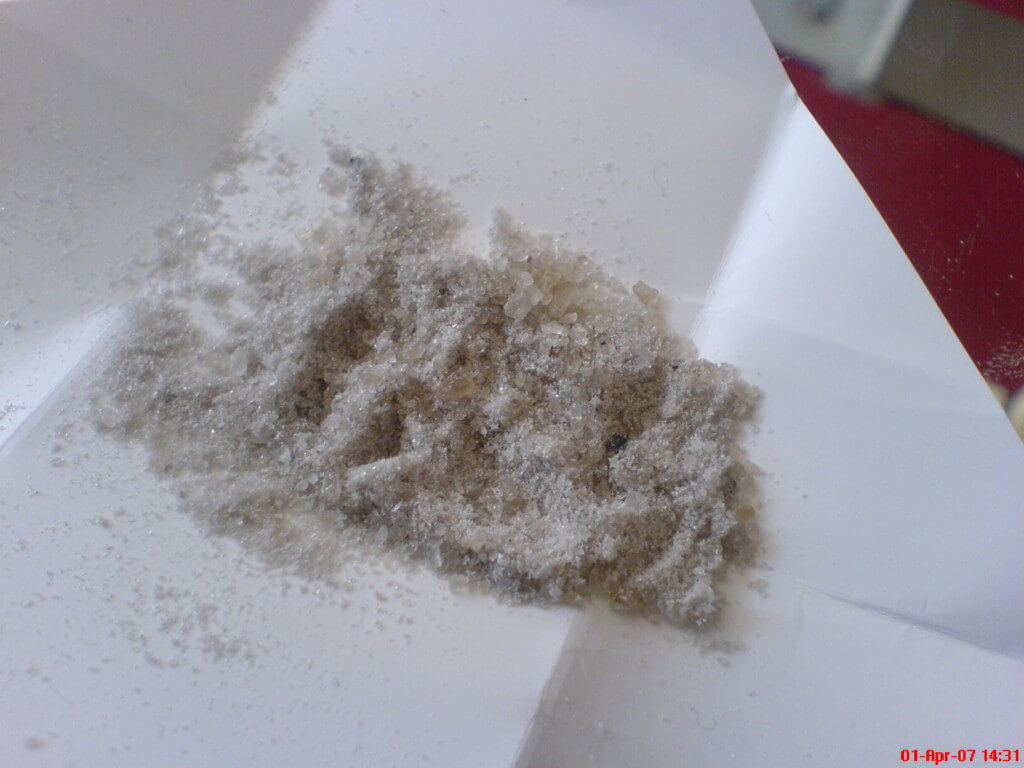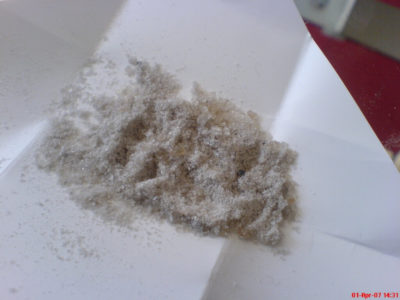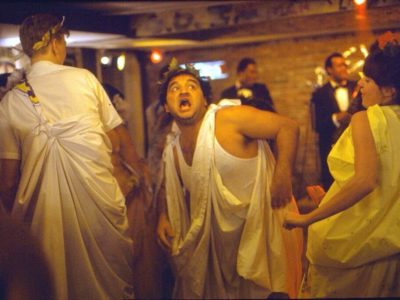People commonly refer to Methylenedioxymethamphetamine, a word no one should attempt to pronounce out loud, as ecstasy or Molly. People primarily use this psychoactive drug recreationally. You can find these “happy pills” popping up at dark clubs, EDM festivals and house parties.
Its wide appeal makes sense. The drug offers many desirable recreational effects: increased empathy, mind-numbing euphoria and heightened senses. Users most commonly take Molly in pill or powder forms remain the most common methods of MDMA ingestion. When taken orally, effects begin after 30 to 45 minutes. The effects can last up to six hours—just the right amount of time for a concert or night out.
Ecstasy and Molly cause users to undergo an intense euphoric high like no other. Reading about the effects of such a notorious drug on a drug prevention site just doesn’t cut it. After an awkward ice breaker (“So, have you done MDMA?”), I spoke with college students who had taken the drug before to tell me about their experiences.
Here’s what Molly users have to say about the high and the effects of Molly.

Student Q&A
When was the first time you tried Molly? What environment were you in?
“It was in November of last year, I was at a club, but it was like a concert rave going on in the club. This guy that I knew through a friend was working the lights and he pulled out a bag of powder. He offered me and my friend some. I thought it was coke and he said it was Molly and then I snorted it,” a San Diego State freshman studying political science said.
“It was March of last year during Okeechobee music festival. It was a very nice environment with lots of music,” an undeclared freshman at Pasco Hernando State said.
“Freshman year was the first time I did it. We were at my friend’s apartment and we were going out to a concert later. One of the guys pulled out a bag of pills and everyone started taking one, so I just did one too,” a Florida State University junior studying biology said.
Have you done it frequently since then?
“No. I haven’t done it since then. The opportunity hasn’t presented itself. I haven’t felt the need to go out of my way to do it,” the San Diego State freshman said.
“Nope. I only did it that weekend and another weekend in June,” the freshman at Pasco Hernando State said.
“I’d say, ‘Yeah.’ Not every day, but when there’s something big happening on the weekend I usually take one,” the FSU junior said.
What was the experience like?
“I would just say it feels like you’re in a dream. You’re not really thinking about anything else except the present. Really care free. The music sounded so much better too. It was just the best thing I ever heard in my life. It makes you want to dance forever,” the freshman at San Diego State said.
“It wasn’t similar to any other drug. It doesn’t even feel like you’re intoxicated. You feel genuine happiness and have so much self-confidence. It’s hard to explain, but it’s just an explosion of happiness,” the freshman at Pasco Hernando said.
“When you’re on it, you have no negative thoughts. All you can feel is this intense positivity about everything. All your stress disappears, and worries are non-existent. Music sounds amazing. You want to talk to everyone around you. It feels like your body is humming with energy. You feel so alive,” the junior at FSU said.
Do you know people who have had bad experiences with the drug?
“No,” the freshman at San Diego State said.
“Not really, sorry,” the freshman at Pasco Hernando said.
“Last year, my friend and I went to a club. An hour before my best friend took an ecstasy pill. He’d done it a lot before and so had I. We got to the concert and I just looked over and he was on the floor vomiting and sweating like crazy. I tried to pick him up, but he was dead weight. I had to call 911. Ambulances came and carried him out. You don’t ever see sh–t like that coming,” the FSU junior said.
Interview with Ph.D. Neuropsychologist John Dabrowski
What are the dangerous effects of MDMA? What makes it so dangerous?
Dabrowski: “It can be life-threatening. You can jack up blood pressure, have hypertension or faint. There’s risk of panic attacks, loss of consciousness and seizures. People who have heart problems are at higher risk for death. It can also cause kidney problems, heart arrhythmia and result in the breakdown of skeletal muscle. It can cause malignant hyperthermia, where the temperature of your body increases to dangerous levels. The most commonly dangerous scenario of MDMA is when people take it and then engage in highly strenuous activity, such as dancing at rave parties. Vigorous exercise can result in death in some cases.”
How does it affect the body in the long run?
Dabrowski: “It can cause memory deficit, decision-making problems and self-regulatory problems such as greater impulsivity and lack of self-control. It can cause repeating paranoia and de-personalization. You don’t feel connected with yourself. It can also cause depression that is resistant to regular forms of treatment. With heavy chronic recreational use, you can cause natural toxicity which can lead to sleep disorders, persistent anxiety and hostility.
The deficits that occur from all of this tend to continue for six months to two years after regular use. But using it at a regular time can put someone at risk for reoccurring psychiatric problems and pre-mature cognitive decline.”
What’s premature cognitive decline?
Dabrowski: “You start to deteriorate in your thinking skills at a much earlier age than you should be. This is the case for more long-term regular use. The other cognitive problems, such as memory and attention, would in a number of cases be present temporarily.”
How does it work in the brain? What makes it so dangerous?
Dabrowski: “It’s a psychedelic. It has psycho stimulants and psychedelic properties. Its action on dopamine neurons is that it enhances energy endurance, sociability and sexual arousal. And its action on serotonin is that it causes the psychedelic effects. The problem is that use of it over time has been found to result in dysfunction in your serotonin systems. That introduces concern over having more psychiatric problems and physical problems.”
Is it common for people to mix MDMA with other drugs?
Dabrowski: “People do tend to mix it with alcohol, cocaine, pot and other things, especially at raves. The cumulative effects of the combined substance use would potentially worsen thinking and cognitive effects, and of course, add risk to important bodily functions like heart rate and breathing. It really depends on the substance, but the cumulative effect tends to pose a greater threat to your health.”
What’s the take-home message?
Dabrowski: “The point is MDMA is being used by a lot of people, especially at these rave parties. They combine it sometimes with other drugs. It makes you vulnerable to others immediately in your environment and it opens you up to potentially other dangerous drugs. Like all drugs, it gets you out of your sense of judgement, your faculties. But this one does it in particular.”
Q&A with FSU Deputy Chief of Police Terri S. Brown
What happens when a student is caught with MDMA on campus?
Brown: “FSU has zero tolerance for illegal possession of drugs and alcohol. If a student is caught with MDMA they will be arrested and transported to the Leon County Jail. Possession of MDMA is a felony.
MDMA remains no doubt a highly dangerous substance. The multitude of health risks attached can be life- threatening. Remember, one fun night out is never worth the risk.”
College Magazine does not promote underage drinking or drug use. Please act responsibly.



















